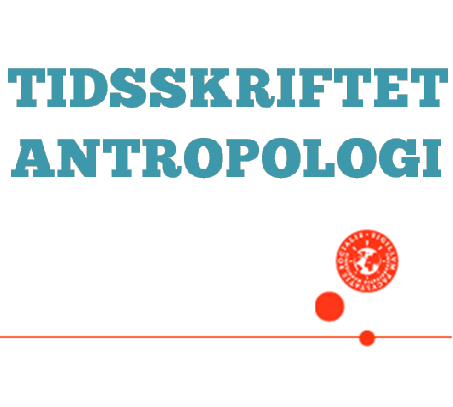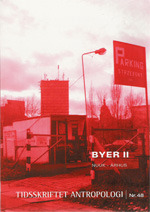SARAJEVO
DOI:
https://doi.org/10.7146/ta.v0i48.107091Abstract
Anthropological urban studies tend to
explore how the specific social structures
of cities affect the life of their inhabitants.
In contrast, this article analyses local
actors’ own cultural constructions of the
city and urbanity. It is based on ethnographic
fieldwork in Sarajevo, the capital
of Bosnia and Herzegovina, a city that
suffered heavy destruction during the war
in the 1990s. According to native Sarajevans,
however, the greatest threat to the
unique urban culture of Sarajevo emanated
from the radical transformation of the
demographic structure that took place
during the war, as many people fled Sarajevo
while large groups of displaced people
from other parts of the country sought
refuge in the city. It was a popular perception
among the local population that what
used to be a modern and cosmopolitan
European city in the course of war had
deteriorated into “one big village”,
plagued by cultural primitivism, ethnic
nationalism and intolerance imported by
newcomers from the rural backwaters of
the country. The article shows how the
roots of the powerful cultural dichotomies
between city and countryside as well as
between cultured and uncultured are to be
located in the region’s historical position
at the margins of Europe. The article
argues that Sarajevans employed displaced
persons as politically convenient scapegoats
for experiences of social transformation
and decay that stemmed more from
war and crisis than from the inferior cultural
habits of the newcomers.
Downloads
Published
How to Cite
Issue
Section
License
Ophavsretten til artiklerne i Tidsskriftet Antropologi tilfalder forfatteren.
Artikler publiceret i Tidsskriftet Antropologi må citeres, downloades og videresendes for ikke-kommerciel brug, under forudsætning af normal akademisk reference til forfatter(e) samt tidsskrift, årgang, nummer og sider. Artiklerne må kun genudgives med eksplicit tilladelse fra forfatter(e) og tidsskriftet.


